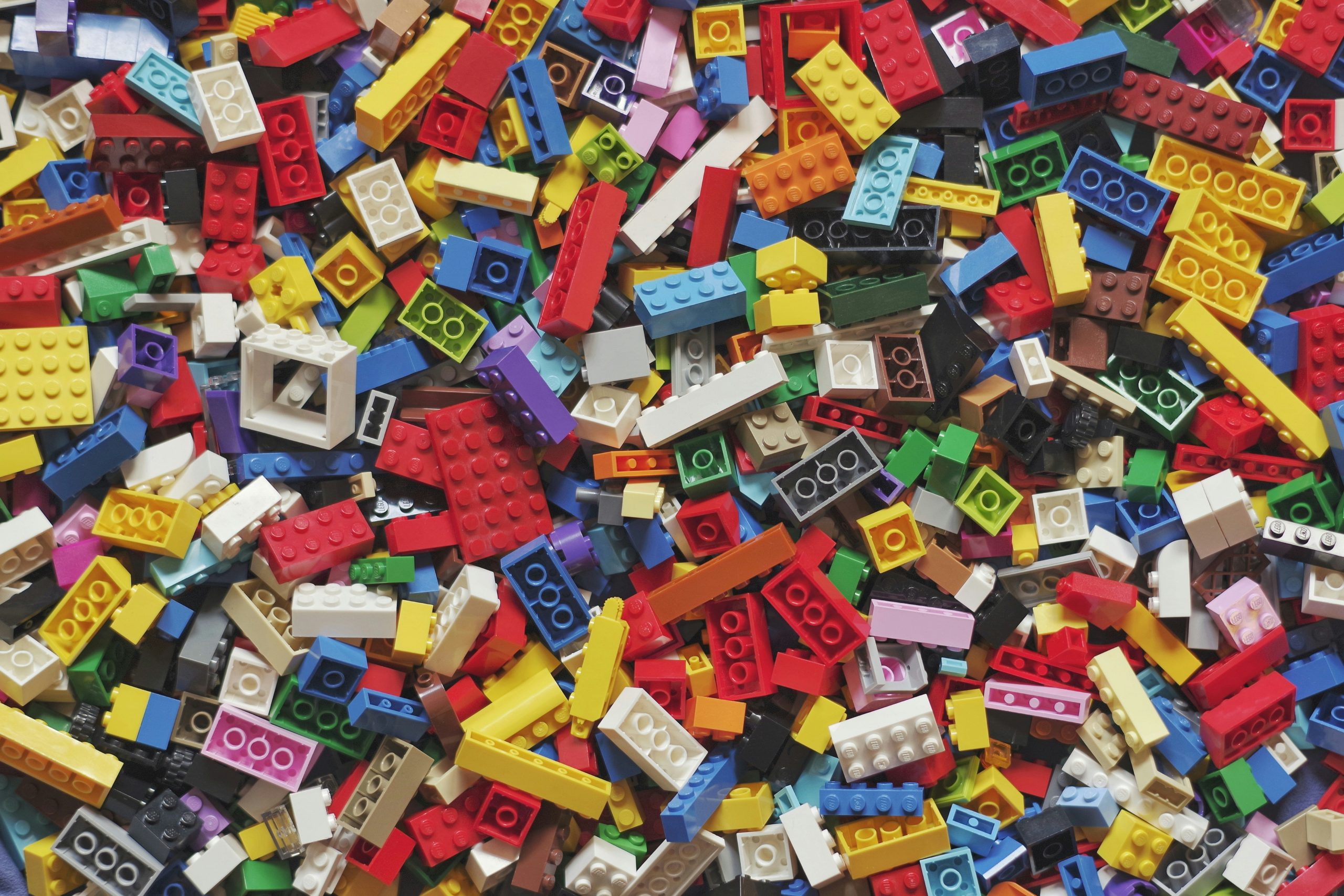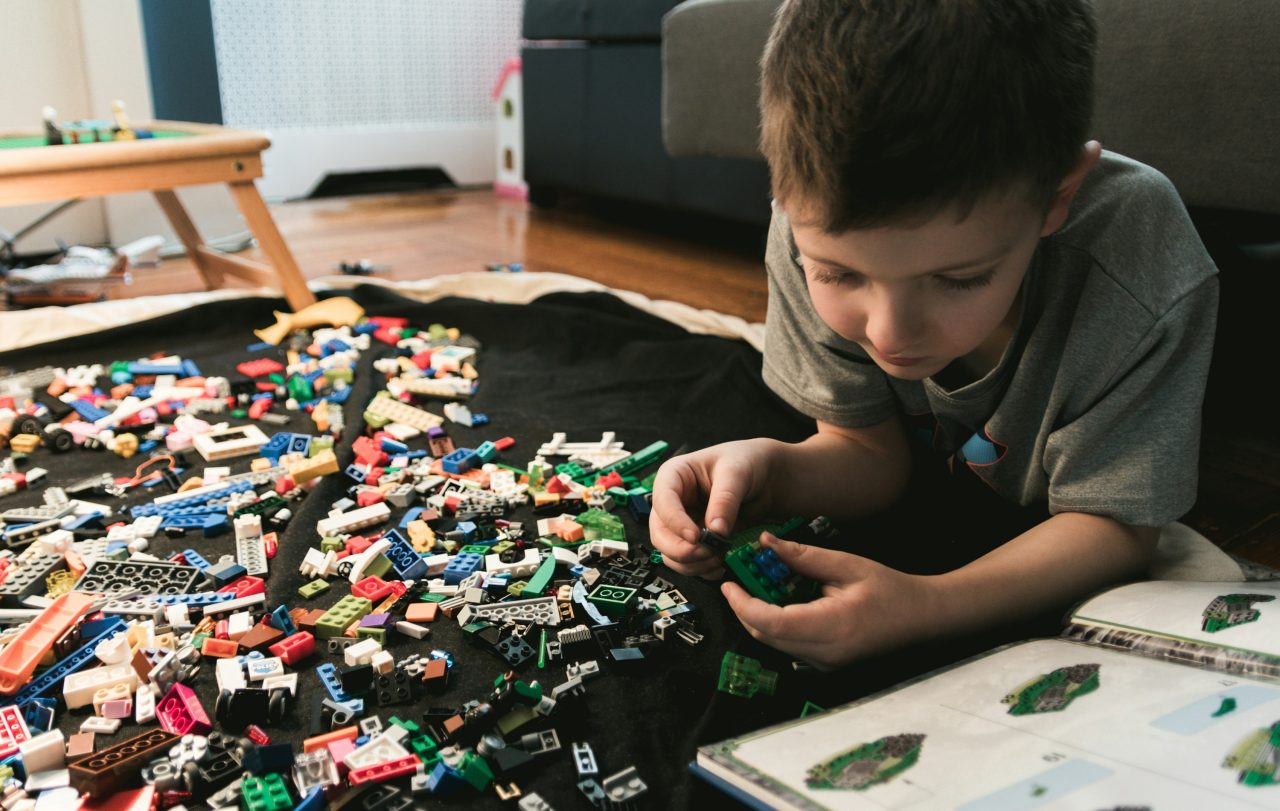In today’s fast-paced world, finding moments of tranquility can be a challenge. Many people look for activities that not only provide entertainment but also offer a sense of calm and focus. While LEGO is traditionally seen as a children’s toy, it’s increasingly being recognized as a valuable tool for all ages to achieve mindfulness and concentration. This article explores how LEGO sets, including the awesome LEGO sea animals, can help with focus and calm during quiet time.
The Science Behind LEGO and Focus
When you delve into building LEGO, your brain focuses on the task at hand, minimizing distractions from your environment. This creates a state of ‘flow,’ a psychological term coined by Mihaly Csikszentmihalyi, which describes being completely immersed in an activity. The act of searching for pieces, following detailed instructions, and assembling creations requires both cognitive and motor skills, effectively engaging your brain in a rewarding and calming process.
Unlike digital screens which can often overstimulate and lead to mental exhaustion, LEGO offers a tactile, hands-on experience. For example, handling the small bricks of an awesome LEGO sea animals set and fitting them together provides sensory input that can be very therapeutic. This sensory-rich activity can be particularly beneficial for individuals who struggle with anxiety or ADHD, as it helps to channel restless energy into something constructive and calming.
Mindfulness Benefits
Building with LEGO promotes mindfulness, similar to activities like coloring or knitting. Each brick placed requires attention and intent, fostering a deeper level of engagement. This concentration diverts the mind from everyday stressors, offering a mental break from the concerns that often plague our thoughts.
Incorporating themed sets such as spaceship adventures or under-the-sea explorations can amplify the mindfulness benefits. For instance, creating awesome LEGO sea animals not only provides a fun, imaginative experience but also encourages users to focus on intricate details and patterns, further enhancing their ability to concentrate and stay present in the moment.

Therapeutic Effects
The repetitive nature of building with LEGO can be particularly soothing. Repetition has long been recognized for its calming effects, whether it’s through the repetitive motion of knitting needles or the methodical placement of LEGO bricks. This consistency helps to create a structured environment, which can be comforting for those dealing with stress or emotional upheaval.
Additionally, completing a LEGO model provides a sense of accomplishment and satisfaction. This can be incredibly uplifting, boosting self-esteem and promoting a positive mindset. The tangible result at the end of your quiet time serves as a reminder of your ability to focus and complete a task, reinforcing feelings of capability and achievement.
Social and Cognitive Development
For children, LEGO offers educational benefits beyond just entertainment. The construction process helps to develop fine motor skills, spatial awareness, and even basic engineering principles. Working on complex models can also enhance problem-solving abilities and critical thinking.
Collaborative building can foster social skills. Whether it’s a parent working with their child or friends teaming up to tackle a big set, LEGO encourages communication, sharing, and teamwork. These interactions can be deeply satisfying and provide a break from solitary screen time, making the experience more fulfilling.
Tips for Using LEGO as a Quiet Time Activity
Set the Mood: Choose a quiet, comfortable space free from distractions. Soft background music or nature sounds can enhance the calming atmosphere.
Select the Right Set: Start with sets that match your skill level and interest. Complex sets might be overwhelming at first, while simpler sets can serve as an introduction to the calming process.
Take Your Time: There’s no rush. The goal is to enjoy the journey of building. Taking breaks and savoring each step can make the experience more relaxing.
Involve Loved Ones: If you’re using LEGO as a family activity, encourage everyone to participate. This can create a shared experience that not only calms but also brings family members closer together.
Reflect on Your Creation: Once you’ve completed your model, take a moment to appreciate your work. Reflecting on the process and the outcome can help solidify the calming benefits and provide a sense of accomplishment.
In conclusion, LEGO offers an incredible way to find focus and calm during quiet time. Whether you’re building alone or with loved ones, the hands-on process and rewarding results make it an ideal activity for achieving mindfulness and relaxation. So next time you need a break from the hustle and bustle, consider reaching for a LEGO set and dive into the therapeutic world of building bricks.









No Comments